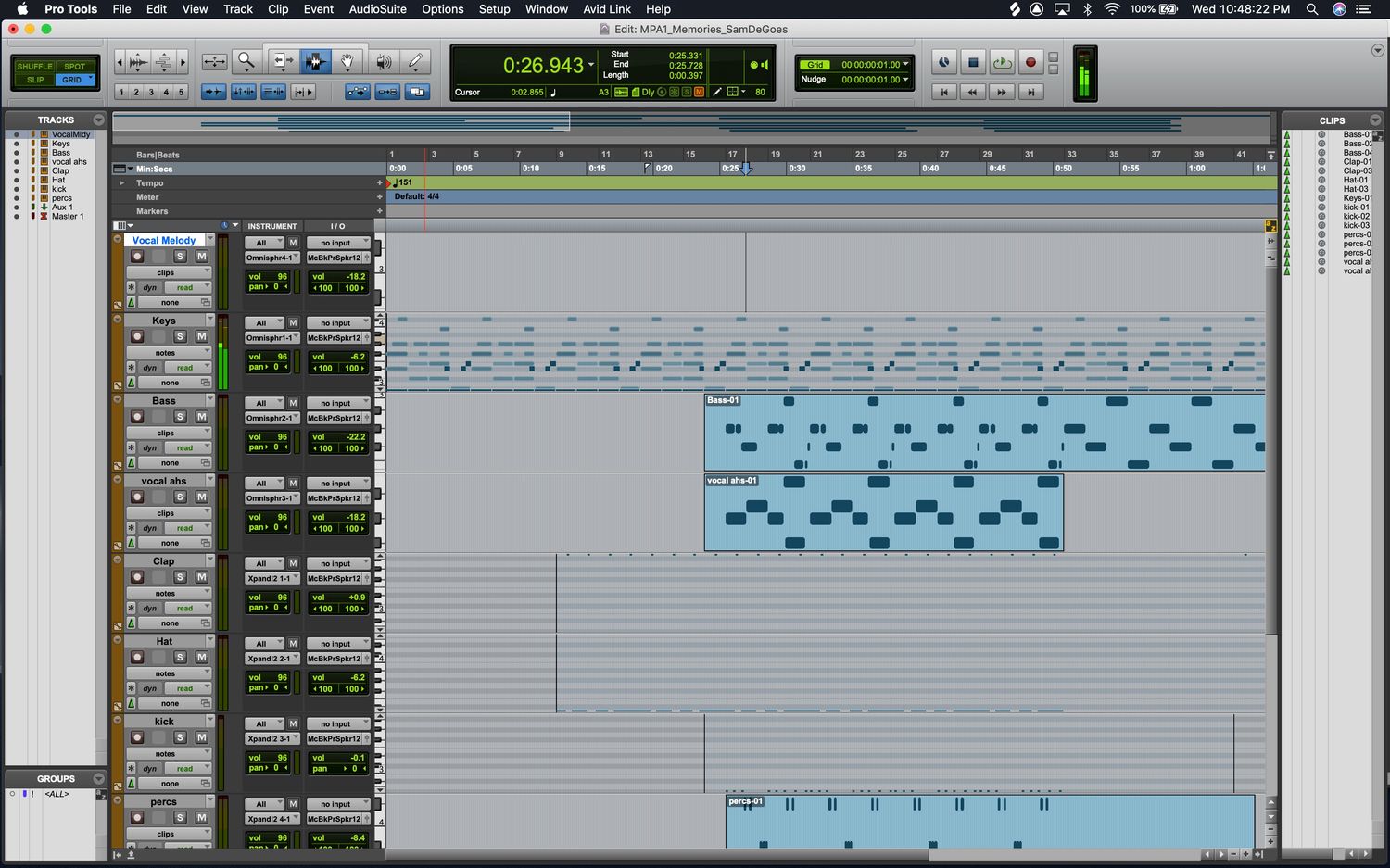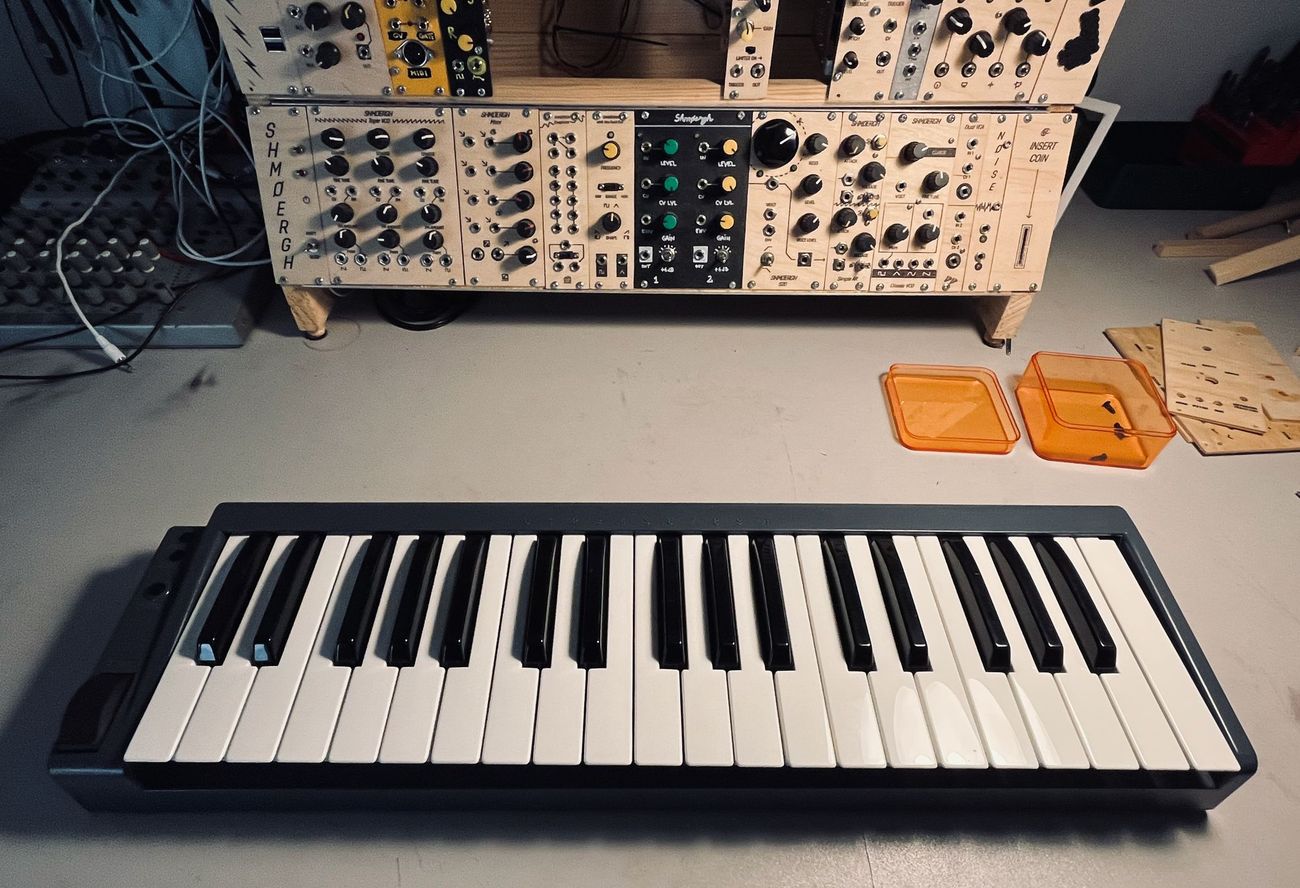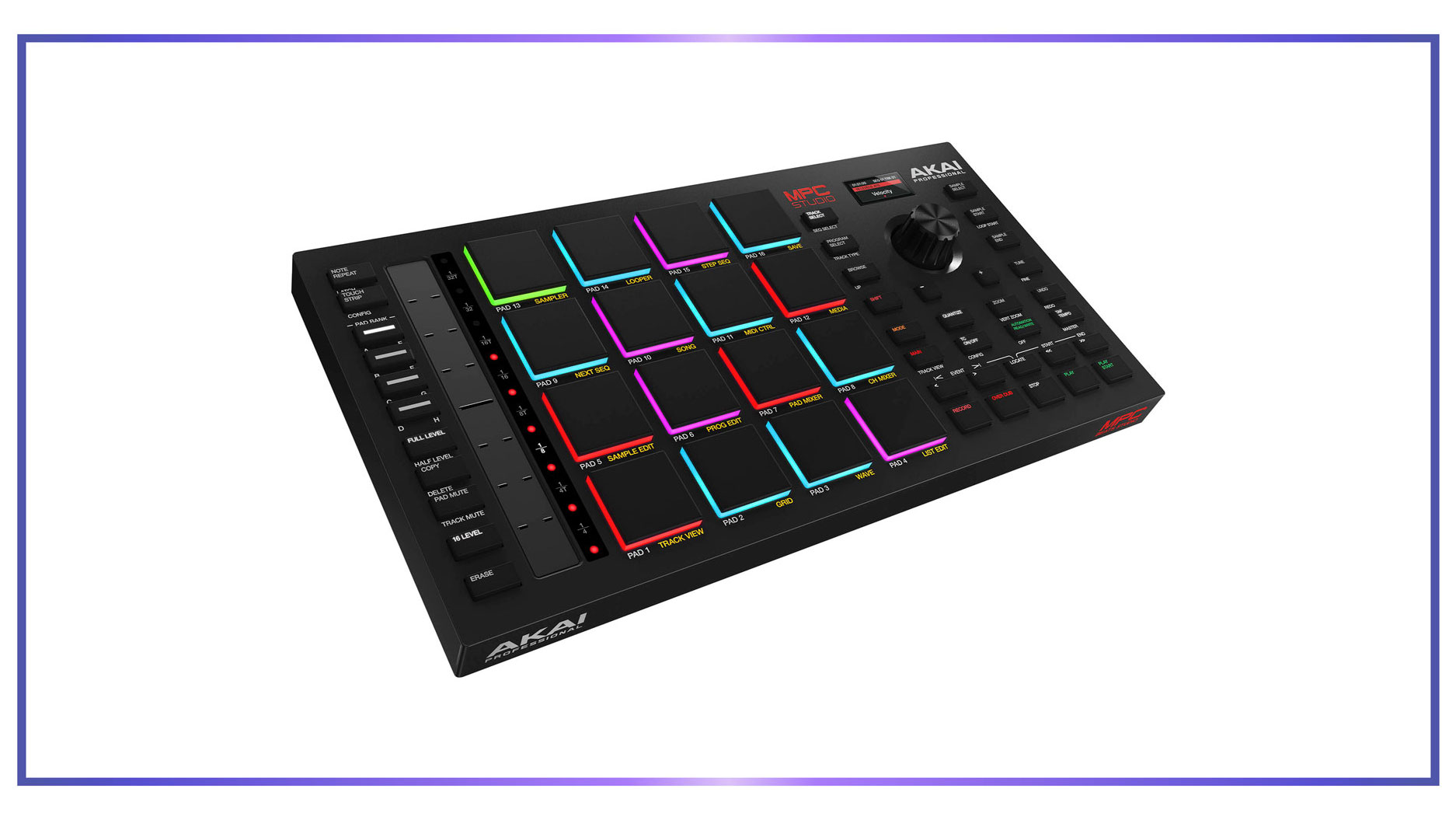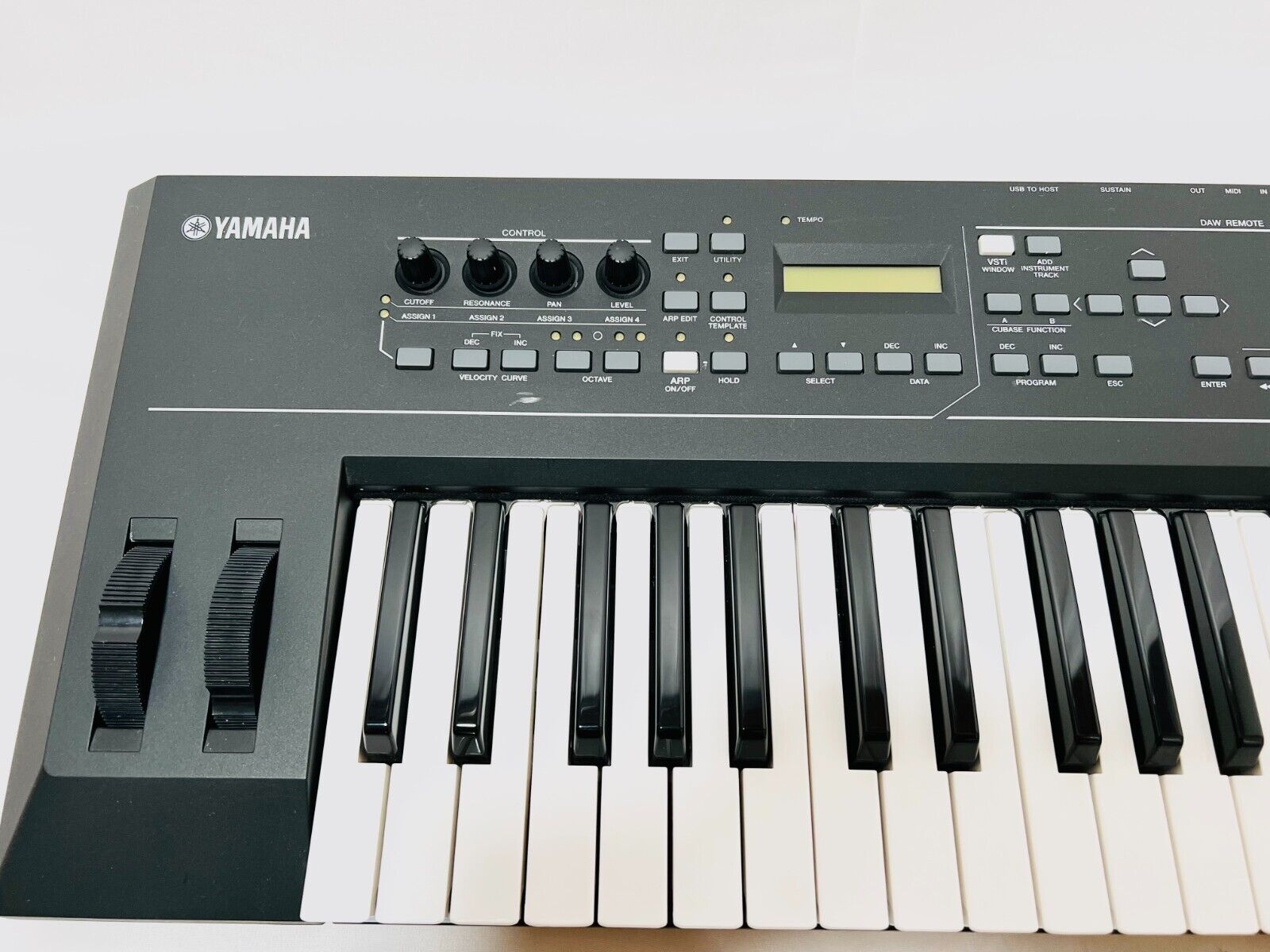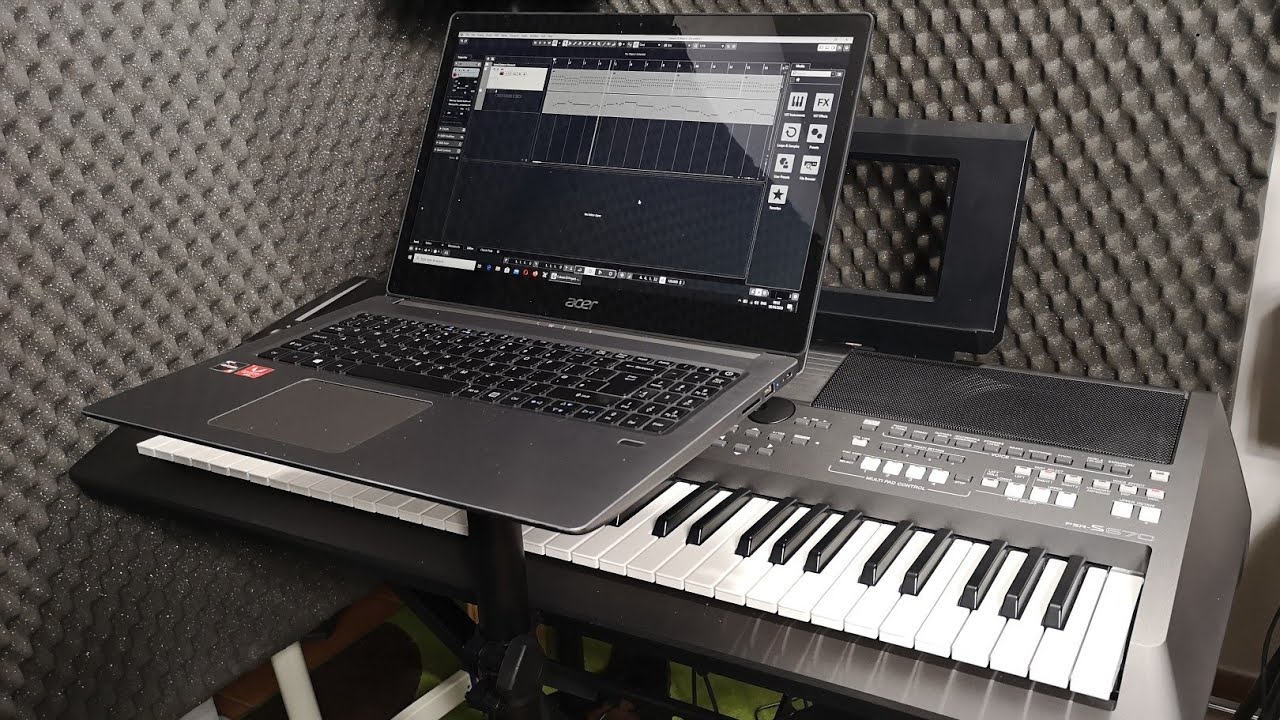Home>Production & Technology>MIDI>How To Use MIDI Soundfonts
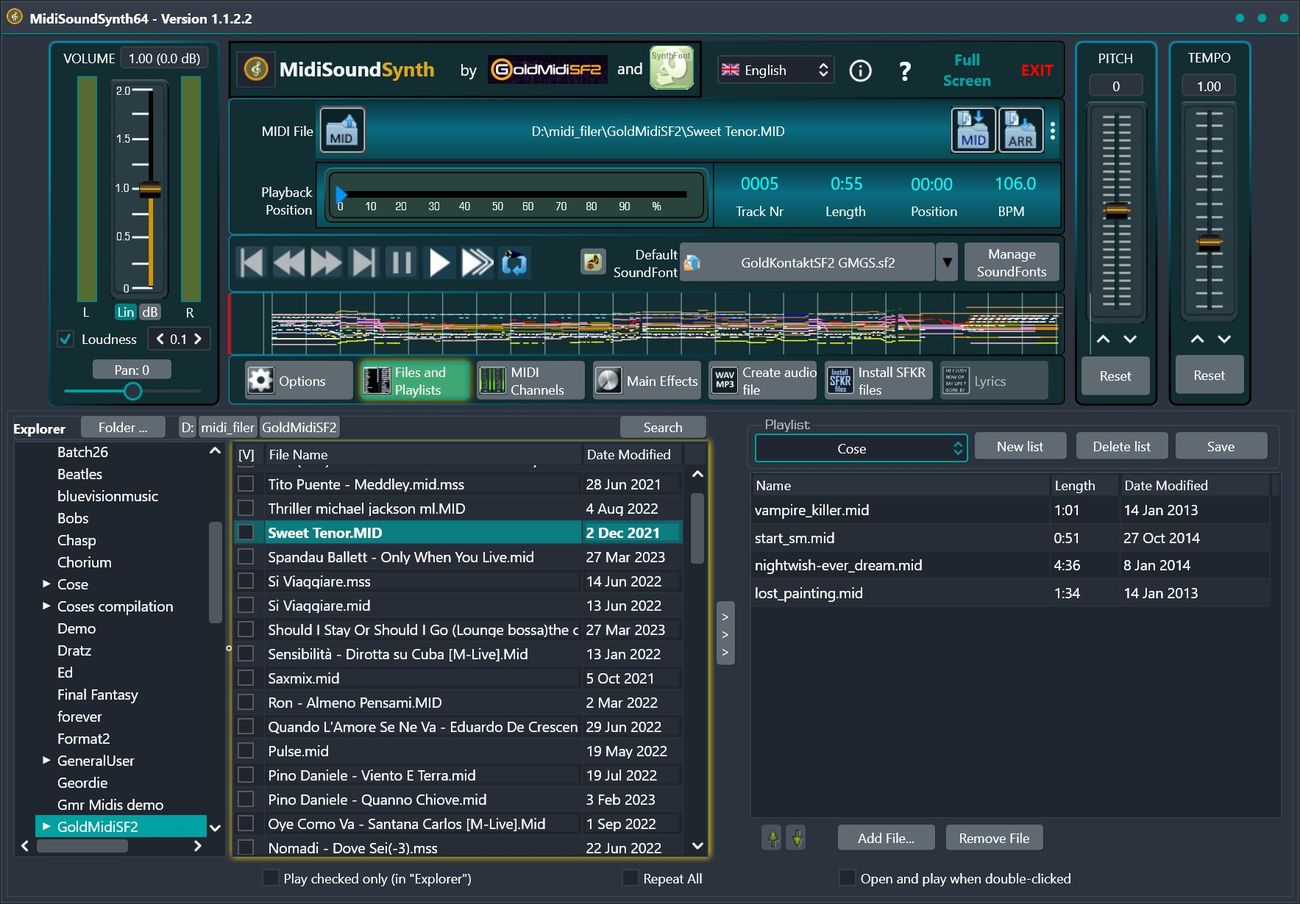

MIDI
How To Use MIDI Soundfonts
Modified: March 9, 2024
Learn how to use MIDI soundfonts to enhance your music production. Discover tips and tricks for integrating MIDI soundfonts into your creative process.
(Many of the links in this article redirect to a specific reviewed product. Your purchase of these products through affiliate links helps to generate commission for AudioLover.com, at no extra cost. Learn more)
Table of Contents
Introduction
Welcome to the fascinating world of MIDI soundfonts! If you're a music enthusiast, producer, or composer, you're about to embark on a journey that will elevate your sonic creations to new heights. MIDI soundfonts are a powerful tool in the realm of digital music production, offering a diverse range of instrument sounds and effects that can breathe life into your compositions.
Whether you're a seasoned professional or a budding musician, understanding how to leverage MIDI soundfonts can significantly enhance your musical projects. From realistic instrument emulations to ethereal soundscapes, the versatility of MIDI soundfonts opens up a realm of creative possibilities. In this article, we'll delve into the intricacies of MIDI soundfonts, exploring their benefits, how to load them, and tips for maximizing their potential within various digital audio workstations (DAWs).
So, if you're ready to unlock the full potential of your musical endeavors, join me as we unravel the magic of MIDI soundfonts and learn how to harness their power to enrich your musical creations.
What are MIDI Soundfonts?
MIDI soundfonts, also known as SF2 files, are a type of digital sound format that contains samples of musical instruments, sound effects, and various audio elements. These files are designed to be used with MIDI (Musical Instrument Digital Interface) technology, which enables electronic musical instruments, computers, and other devices to communicate and synchronize with each other.
MIDI soundfonts are essentially collections of audio samples that capture the nuances and characteristics of real instruments, allowing composers and producers to replicate the sound of acoustic and electronic instruments within a digital environment. These samples are often meticulously recorded and meticulously curated to ensure a high level of fidelity and authenticity.
One of the key advantages of MIDI soundfonts is their ability to provide a wide range of instrument sounds in a compact and versatile format. From grand pianos and orchestral strings to synthesizers and percussion, MIDI soundfonts encompass a diverse array of musical timbres, enabling users to access a rich palette of sounds without the need for extensive hardware or physical instruments.
Furthermore, MIDI soundfonts offer flexibility and customization options, allowing users to manipulate and fine-tune the characteristics of each instrument sample. This includes adjusting parameters such as attack, release, vibrato, and tone, empowering composers and producers to craft unique and expressive musical performances.
In addition to emulating traditional instruments, MIDI soundfonts also encompass a spectrum of imaginative soundscapes and effects that can add depth and texture to compositions. From atmospheric pads and ambient textures to dynamic sound effects, MIDI soundfonts provide a playground for sonic experimentation and artistic exploration.
In summary, MIDI soundfonts serve as a versatile and invaluable resource for musicians, composers, and producers, offering a rich tapestry of instrument sounds and audio elements in a convenient digital format. By harnessing the power of MIDI soundfonts, creators can elevate their musical productions with an expansive sonic palette that transcends the limitations of traditional instruments.
Benefits of Using MIDI Soundfonts
MIDI soundfonts offer a plethora of benefits that significantly enhance the music production process and elevate the quality of compositions. Here are some compelling reasons why incorporating MIDI soundfonts into your creative workflow can be a game-changer:
-
Versatility and Diversity: MIDI soundfonts provide access to an extensive range of instrument sounds, covering everything from traditional orchestral instruments to modern synthesizers and exotic world instruments. This diverse sonic palette empowers composers and producers to explore a wide spectrum of musical styles and genres, from classical and cinematic compositions to electronic and experimental soundscapes.
-
Compact and Portable: Unlike physical instruments, MIDI soundfonts are compact digital files that can be easily stored, shared, and accessed across different platforms and devices. This portability makes it convenient for musicians to carry a vast collection of instrument sounds without the need for bulky hardware or physical space, enabling seamless integration into various music production setups.
-
Cost-Effective Solution: Acquiring a comprehensive library of high-quality instrument samples can be a costly endeavor. MIDI soundfonts offer a cost-effective alternative by bundling a diverse array of instrument sounds into a single file format, eliminating the need to invest in multiple individual sample libraries. This affordability makes MIDI soundfonts an accessible resource for musicians with budget constraints.
-
Realistic Instrument Emulation: MIDI soundfonts excel in capturing the nuances and articulations of real instruments, delivering a level of realism that enhances the authenticity of musical performances. Whether it's the expressive dynamics of a grand piano, the emotive swells of orchestral strings, or the intricate timbres of ethnic instruments, MIDI soundfonts strive to replicate the organic qualities of acoustic and electronic instruments with remarkable fidelity.
-
Customization and Expression: MIDI soundfonts empower users to shape and mold the characteristics of instrument samples to suit their creative vision. With parameters such as envelope shaping, modulation, and effects processing, composers and producers can infuse their musical compositions with personalized nuances and expressive elements, resulting in dynamic and emotive performances.
-
Seamless Integration with MIDI Technology: As the name suggests, MIDI soundfonts are designed to seamlessly integrate with MIDI technology, allowing for effortless communication and control between digital instruments, software, and hardware. This integration facilitates a cohesive and efficient music production workflow, enabling users to harness the full potential of MIDI soundfonts within their preferred digital audio workstations (DAWs) and music production environments.
In essence, the benefits of using MIDI soundfonts encompass versatility, affordability, realism, and creative freedom, making them an indispensable resource for musicians and producers seeking to expand their sonic horizons and elevate the quality of their musical creations.
How to Load MIDI Soundfonts
Loading MIDI soundfonts into your digital audio workstation (DAW) is a straightforward process that allows you to harness the diverse sounds and textures contained within these versatile files. Whether you're aiming to infuse your compositions with the warmth of acoustic instruments or explore the boundless possibilities of electronic soundscapes, integrating MIDI soundfonts into your music production workflow can significantly enhance the sonic depth and expressiveness of your creations.
The following steps provide a general overview of how to load MIDI soundfonts into popular digital audio workstations, enabling you to seamlessly access and utilize the rich array of instrument sounds and audio elements encapsulated within these files:
1. Identify Compatible MIDI Soundfont Player
Before loading MIDI soundfonts, it's essential to ensure that your chosen digital audio workstation supports the playback and utilization of MIDI soundfont files. Many DAWs come equipped with built-in soundfont players or samplers that are capable of loading and rendering MIDI soundfonts. Alternatively, there are third-party soundfont player plugins available that can be integrated into your DAW to facilitate the loading and playback of MIDI soundfonts.
2. Locate and Import MIDI Soundfont File
Once you have identified a compatible soundfont player within your DAW, you can proceed to import the MIDI soundfont file into your project. This typically involves navigating to the soundfont player interface, accessing the file import or load function, and selecting the desired MIDI soundfont file from your computer's directory. Upon successful import, the MIDI soundfont will be ready for use within your project.
3. Assign MIDI Channels and Instruments
After loading the MIDI soundfont, you can begin assigning specific MIDI channels and instruments to access the individual sounds contained within the soundfont. This allows you to select and trigger different instrument samples from the MIDI soundfont using MIDI notes within your DAW's piano roll or MIDI editor. By assigning MIDI channels and instruments, you can orchestrate intricate arrangements and layer multiple sounds from the MIDI soundfont to craft rich and dynamic musical compositions.
4. Fine-Tune Sound Parameters
Once the MIDI soundfont instruments are assigned, you have the flexibility to fine-tune various sound parameters to shape the sonic characteristics of each instrument. This may include adjusting parameters such as envelope settings, modulation, effects processing, and other sound-shaping controls offered by the soundfont player or sampler within your DAW. By customizing these parameters, you can imbue the MIDI soundfont instruments with personalized nuances and expressive qualities tailored to your musical vision.
By following these steps, you can effectively load MIDI soundfonts into your digital audio workstation, unlocking a treasure trove of instrument sounds and audio textures that can enrich your musical productions with depth, realism, and creativity.
Using MIDI Soundfonts in Different DAWs
Utilizing MIDI soundfonts across various digital audio workstations (DAWs) opens up a world of sonic possibilities, allowing music creators to seamlessly integrate these versatile files into their production workflows. Whether you're working with industry-standard DAWs or exploring niche software tailored to specific musical genres, the process of leveraging MIDI soundfonts remains consistent, offering flexibility and creative potential across different platforms.
1. Common DAWs and Built-in Soundfont Support
Many popular DAWs, such as Ableton Live, FL Studio, and Logic Pro, are equipped with built-in soundfont players or samplers that natively support the loading and playback of MIDI soundfonts. This built-in functionality streamlines the process of incorporating MIDI soundfonts into your projects, providing direct access to the rich array of instrument sounds and audio textures encapsulated within these files.
2. Third-Party Plugins and Soundfont Players
For DAWs that may not have native support for MIDI soundfonts, third-party plugins and soundfont players offer a solution to seamlessly integrate these files into your production environment. Plugins such as sfz, Plogue sforzando, and SynthFont provide dedicated platforms for loading and utilizing MIDI soundfonts, expanding the compatibility of these files across a wide range of DAWs and music production software.
3. Customization and Integration
Regardless of the DAW you choose, the process of using MIDI soundfonts revolves around customization and integration. Once loaded, MIDI soundfonts can be assigned to MIDI channels and instruments, allowing for seamless integration into your compositions. This integration enables you to harness the expressive qualities and sonic characteristics of MIDI soundfont instruments within your preferred DAW, whether you're arranging intricate orchestral compositions, crafting electronic soundscapes, or exploring experimental sonic textures.
4. Optimizing Workflow and Creativity
The versatility of MIDI soundfonts extends to their compatibility with diverse DAWs, empowering music creators to optimize their workflow and unleash their creative potential across different software platforms. Whether you're composing cinematic scores in Cubase, producing electronic music in Reason, or experimenting with avant-garde sounds in Reaper, the ability to use MIDI soundfonts seamlessly across various DAWs fosters a dynamic and adaptable approach to music production.
By understanding how to effectively utilize MIDI soundfonts in different DAWs, music creators can leverage these versatile files to enhance their sonic palette, infuse their compositions with authenticity, and explore new realms of creativity within their preferred music production environments.
Tips for Using MIDI Soundfonts
As you embark on your musical journey with MIDI soundfonts, consider the following tips to maximize the potential of these versatile files and elevate the quality of your compositions:
1. Explore Diverse Soundfonts:
Dive into a diverse range of MIDI soundfonts to expand your sonic palette. Experiment with soundfonts featuring acoustic instruments, vintage synthesizers, atmospheric textures, and unique sound effects. By exploring a variety of soundfonts, you can discover new timbres and textures that inspire fresh musical ideas.
2. Layer and Blend Sounds:
Leverage the flexibility of MIDI soundfonts to layer and blend different instrument sounds. Experiment with combining orchestral strings, piano, and ethereal pads to create rich and textured arrangements. Layering sounds from multiple soundfonts can add depth and complexity to your compositions, enhancing the overall sonic landscape.
3. Customize Instrument Parameters:
Delve into the customization options offered by MIDI soundfont players to fine-tune instrument parameters. Adjusting parameters such as attack, release, and modulation allows you to tailor the characteristics of each instrument to suit specific musical passages. Customizing instrument parameters adds a personalized touch to your compositions, infusing them with expressive nuances.
4. Embrace Artistic Experimentation:
Embrace a spirit of artistic experimentation by pushing the boundaries of traditional instrument sounds. Use MIDI soundfonts to create otherworldly textures, evolving soundscapes, and unconventional instrument combinations. By embracing experimentation, you can unlock new creative possibilities and carve out a unique sonic identity in your compositions.
5. Utilize Effects Processing:
Explore the realm of effects processing to enhance the sonic impact of MIDI soundfonts. Experiment with reverb, delay, modulation, and other audio effects to sculpt the spatial and textural qualities of instrument sounds. Effects processing can elevate the realism and emotive depth of MIDI soundfont instruments, adding a professional polish to your musical productions.
6. Integrate Live Performance Techniques:
If you're using MIDI soundfonts in a live performance or recording context, consider integrating live performance techniques. Utilize MIDI controllers, such as keyboards and pad controllers, to add expressive dynamics and articulations to MIDI soundfont instruments. Incorporating live performance techniques infuses your music with a human touch and emotive quality.
By embracing these tips, you can harness the full potential of MIDI soundfonts to enrich your musical creations with depth, expression, and creativity. Whether you're composing intricate arrangements, producing electronic soundscapes, or crafting cinematic scores, the versatility of MIDI soundfonts offers a boundless realm of sonic exploration and artistic expression.
Conclusion
In conclusion, MIDI soundfonts stand as a transformative force in the realm of digital music production, offering a treasure trove of instrument sounds, effects, and sonic textures that empower musicians, composers, and producers to elevate their creative endeavors. The versatility, realism, and expressive potential encapsulated within MIDI soundfonts serve as a catalyst for innovation and artistic exploration, transcending the limitations of traditional instruments and expanding the sonic horizons of music creators.
By delving into the world of MIDI soundfonts, musicians can access a diverse array of instrument sounds, from the timeless elegance of acoustic pianos and orchestral strings to the futuristic allure of synthesized textures and atmospheric soundscapes. This expansive sonic palette enables composers and producers to traverse musical genres, from classical and jazz to electronic and experimental, with seamless adaptability and authenticity.
Furthermore, the affordability and portability of MIDI soundfonts democratize access to high-quality instrument samples, providing a cost-effective solution for musicians seeking to enrich their compositions with professional-grade sounds. The ability to customize instrument parameters, layer sounds, and integrate live performance techniques empowers music creators to infuse their compositions with personalized nuances and emotive depth, fostering a deeper connection between the artist and the audience.
The integration of MIDI soundfonts across various digital audio workstations (DAWs) underscores their compatibility and adaptability, enabling music creators to seamlessly incorporate these versatile files into their preferred production environments. Whether composing intricate film scores, producing chart-topping tracks, or crafting ambient soundscapes, MIDI soundfonts serve as a steadfast companion, offering a boundless realm of sonic exploration and creative expression.
As music production continues to evolve in the digital age, MIDI soundfonts remain a timeless and indispensable resource, enriching the sonic landscape of compositions with authenticity, depth, and boundless creativity. By harnessing the power of MIDI soundfonts, music creators can embark on a journey of sonic discovery, sculpting immersive musical experiences that resonate with audiences and stand as a testament to the transformative potential of digital music technology.
In essence, MIDI soundfonts represent more than just digital files; they embody the spirit of innovation, creativity, and artistic expression, serving as a conduit for musical visions to transcend the confines of traditional instrumentation and soar to new heights of sonic excellence. Embrace the magic of MIDI soundfonts, and let your musical creations resonate with the vibrant tapestry of sounds that define the essence of digital music production.



